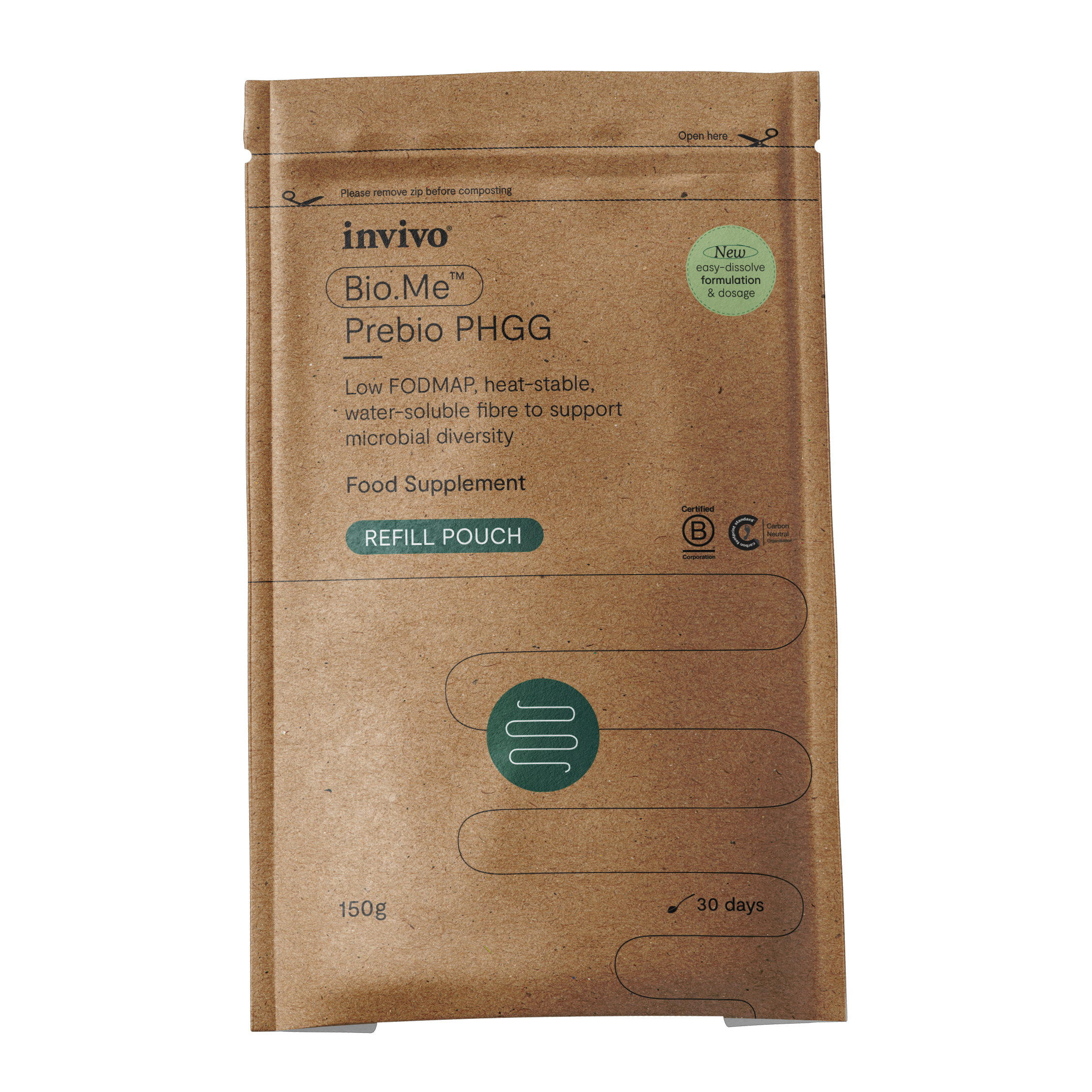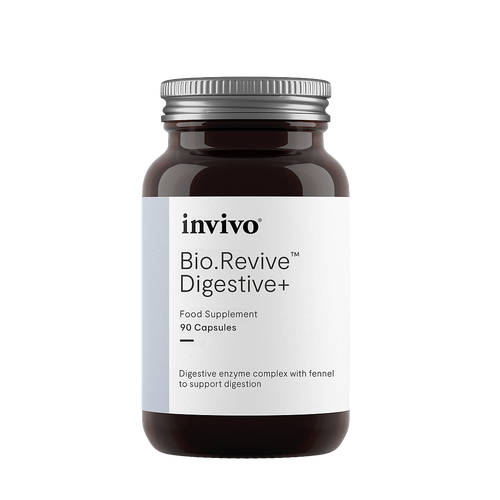A recent study indicated limited small intestinal absorption followed by gut microbial metabolism of the phlorotannins in the large intestine (6). High colonic metabolism seems to occur, following fermentation of phlorotannins in the large intestine, and this may in turn impact bacterial diversity (7).
The potential anti-oxidant activities of three phlorotannins (phloroglucinol, eckol and dieckol) purified from Ecklonia cava were measured against DPPH, alkyl, hydroxyl and superoxide radicals. While all three phlorotannins showed potential inhibitory effects on H202-mediated DNA damage and free radicals, the eckol samples scavenged up to 93%, which was higher than the other phlorotannins (4).
As well as anti-oxidant studies, it has been shown that ethanolic extracts of E. cava inhibit LPS-induced nitric oxide (NO) and prostaglandin E2 (PGE2) production and inhibit inducible nitric oxide synthase (iNOS) and cyclooxygenase-2 (COX-2) in BV2 microglia (8).
Results of several studies suggest brown algal phenolic extracts exert anti-inflammatory effects by down-regulating pro-inflammatory genes.
A phlorotannin extract was shown to dose-dependently decrease the LPS-induced expression of TNF-α and IL-6 in U937 macrophages and prevent ROS production in epithelial cells (p<0.05) (9).
The intervention of TNF-α-challenged Caco-2 cells with brown algae extract suppressed the expression of several pro-inflammatory genes encoding cytokines (IL8, TNFA, IL1B, IL18 and CSF1), chemokines (CXCL10, CCL5), components of the NF-κB pathway (NFKB2 and IKBKB) and other mediators (PTGS2 and MIF) by more than two-fold compared to the negative control (10).




